From a reader in Japan…
Dear Father Z,
[I am] from Japan (therefore, I am sorry for my poor English).
I thank God for your great blog. My faith grows up everyday by reading your blog.I have a question regarding "Solemn Pontifical Mass"… in OF.
In my diocese, once a year a Cardinal celebrates OF in Latin and Gregorian Chant, and this Mass is entitled "Solemn Pontifical Mass in Latin".
But Wikipedia says that "Solemn Pontifical Mass/ Pontifical High Mass" is for the Tridentine Mass. After the liturgical reform, categories (Low Mass, High Mass, Pontifical High Mass) were abandoned.
If there is no more "Solemn Pontifical Mass" in the reformed liturgy(OF), is the title of this annual "Solemn Pontifical Mass" inaccurate?
Or can we still use the category "Solemn Pontifical Mass" for OF as a sort of custom?
Who wants to help our friend in Japan with the terminology?

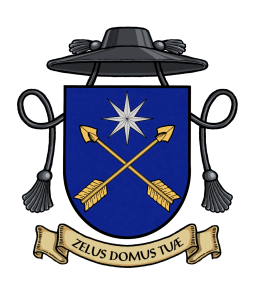




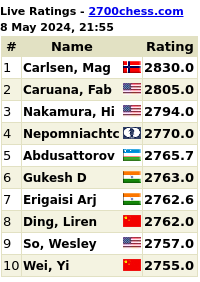


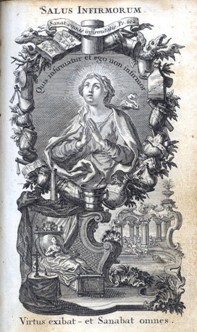
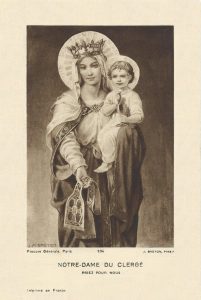
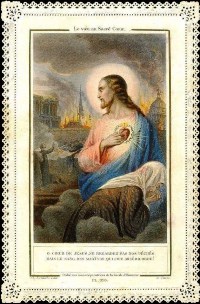





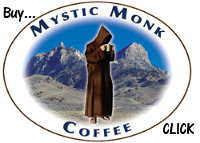


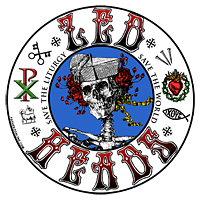



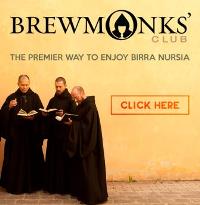
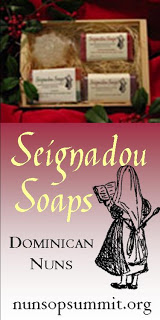





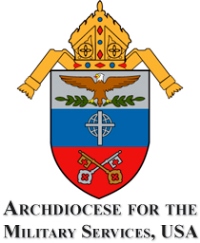

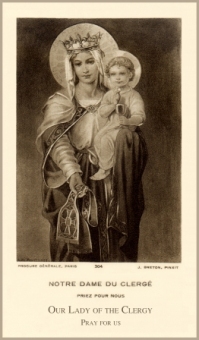
I too am a bit fuzzy on terminology. In our parish terminology is never used but from the masses all I can discern is that we have what I would guess is a low mass during the week in the adoration chapel, two candles on the alter and no singing or music. Sunday morning is a high mass I am guessing with hymns, choir and organ and now in our new building we have 6 candles, 3 on either side of the alter. Getting closer I guess. Finally on Sunday night we have the Life Teen Rock mass, which I am going to guess is not found anywhere in the instructions. :)
Under the new form, what are all the types of (licit) masses that can be performed? Or does anyone have a link where we can learn more about it?
I had never learned this distinction either, so I Wikipedia’d it and came up with this page. I hope it helps!
http://en.wikipedia.org/wiki/Solemn_Mass
The 1984 Ceremoniale Episcoporum refers to this liturgy as a “Stational Mass of the Diocesan Bishop.” This was a deliberate change in terminology to show that the Mass of a bishop is not qualified by exterior solemnity, but rather, by virtue of the bishop calling the local church together for worship.
The Ceremonies of the Modern Roman Rite by Msgr. Elliot uses the terms: Simple Mass, Solemn Mass, and Solemn Pontifical Mass aka Stational Mass, the “modern form of ‘Pontifical High Mass at the Throne.'”
Low mass is 2 candles and spoken.
Missa Cantata (I think)/High mass is 6 candles and sung
Solemn High Mass is 6 candles and sung (at least a priest and 2 deacons present).
Well, that change of terminology seems silly. Anything a bishop does is pontifical with a small p, or episcopal with a small e. His bathroom is the pontifical bathroom, whether terminology changes or not.
Moreover, it seems to imply that non-diocesan bishops can’t say Mass solemnly, which seems silly, or that titular bishops can’t say Mass solemnly unless they’re in foreign partes, which seems to invite martyrdom at the altar.
And what happens if the bishop in question gets sick and doesn’t show up for his “Stational Mass”, as just happened with our archbishop and his solemn Mass for Labor Day? The wording would seem to imply that if it was at the ‘station’, and the people were called together by him, we don’t actually need him. Which is silly.
Sigh. I’m not sure whether to blame this on the Sixties or just general bureaucracy.
I have a 1957 Marian Missal, and in it explains the Distinctions in Rite: (a) High or Solemn Mass (b) A Pontifical Mass (c) A Missa Contata (d) A Low Mass(M (Missa Privata) (e) Parochial Mass (f) The Conventiual Mass (g) A Votive Mass (h) A Requiem Mass.
I also have a Daily Roman Missal, N.O.M. 1993-1994. There seems to be no Distinction of Rite, so the New Order Mass is used for all, Ordinary,proper,Common,Ritual, and Occasions. I do not attend the N.O.M., as I find it,as(Joseph Cardinal Ratzinger) now Pope Benedict XVI stated: “in the place of liturgy as the fruit of development came fabricated liturgy.We abondoned the organic,living processof growth and development over centuries, and replaced it — as in a manfacturing process—with a fabrication, a banal on-the-spot product.” ‘The Reform of the Roman Liturgy’ Its problems and Background, Msgr Klaus Gamber.
I lived in Japan for 2 yrs. The second year I was in a small city to the north of tokyo which had a little Catholic church. I loved the church – tatami floors, so everyone had to take his/her shoes off in entranceway. Japan has alot of nice customs, but no street shoes indoors is one of the best. Great to be able to assist in the Mass that way. And bowing, no shaking hands, at the Sign of Peace time.
To any Japanese Catholics reading this, I pray for you and want to say, “gambatte kudasai!” :)
Here in California I have attended what was called a “Pontifical High Mass” in the ordinary form. It was celebrated with a deacon, a subdeacon, servers, and with the abbot(who has the authority of a bishop within the abbey) officiating.
I should add that this mass was celebrated by a community that also celebrates the TLM. Perhaps it is more common to see this terminology among priests who celebrate both forms.